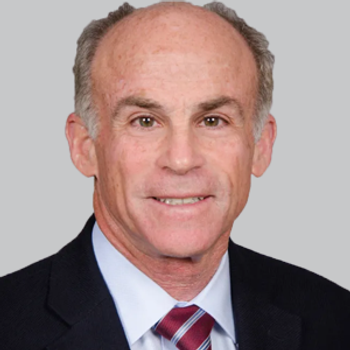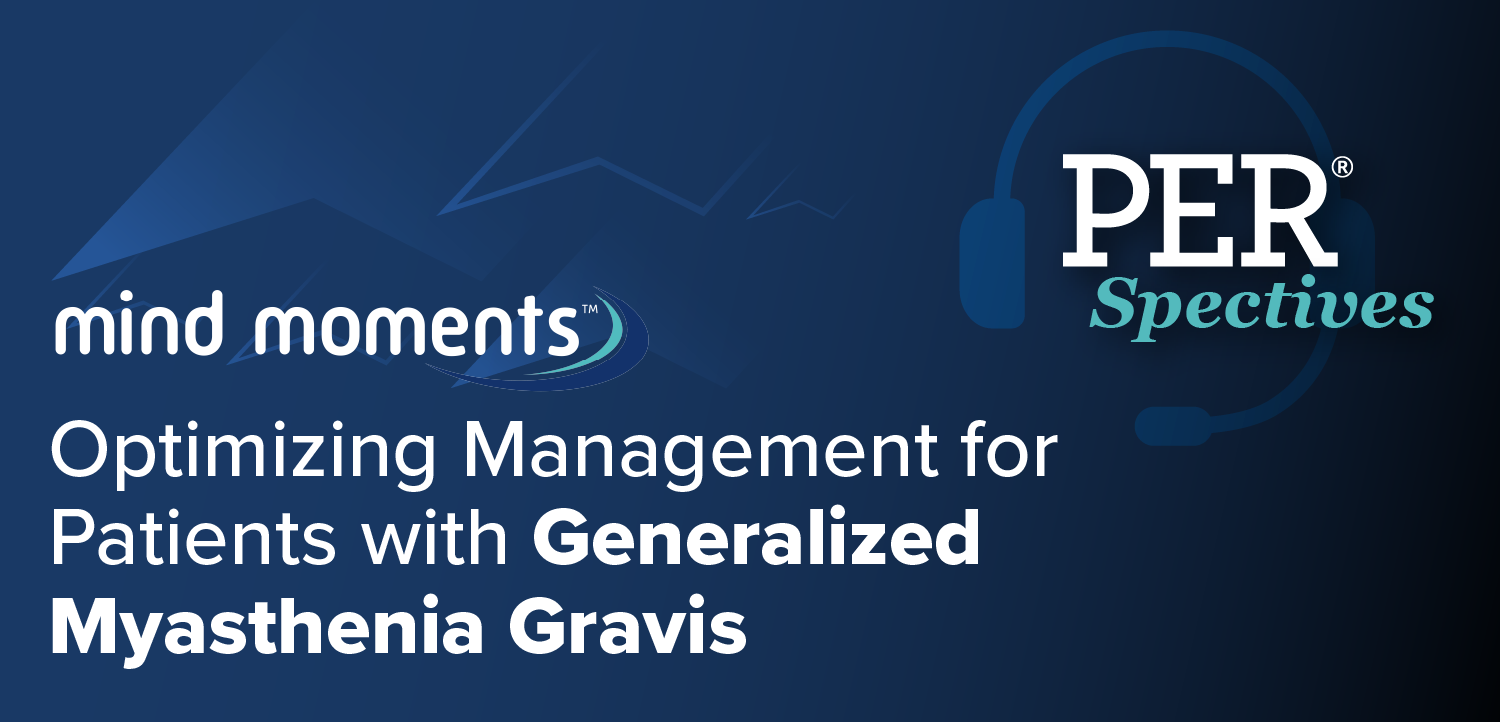
NeuroVoices: Patricia Pozo-Rosich, MD, PhD, on Fremanezumab's Expanded Indication in Pediatrics
The head of the neurology department at Vall d’Hebron University Hospital provided clinical thoughts on fremanezumab’s expanded approval in pediatric migraine, the phase 3 SPACE study, and where future treatment may hold.
The migraine treatment landscape has evolved immensely over the last decade, with calcitonin gene-related peptide (CGRP)-targeting medications leading the way. Among them include fremanezumab (Ajovy; Teva), which gained FDA greenlight in 2018 as a preventive treatment for migraine in adults. Years later, the agency has approved an expanded indication for the therapy to include pediatric patients aged 6-17 weighing at least 45 kilograms, making it the first CGRP treatment approved for both children, adolescents, and adults.
The development marks an important milestone for a population that has historically had few effective and well-tolerated treatment options. Fremanezumab’s expanded indication was based on the phase 3 SPACE study (NCT03539393), a placebo-controlled trial of 237 pediatric patients in which the agent demonstrated significantly superior efficacy over placebo over a 12-week treatment period. Notably, the drug was effective in different age subgroups and maintained a safety profile that was consistent with what was seen in adults.
Following the new indication, NeurologyLive® reached out to migraine expert
NeurologyLive: What was your initial reactions to this expanded indication in pediatric migraine?
Patricia Pozo-Rosich, MD, PhD: I think this approval is extremely important. In the migraine field, it’s well known that the placebo effect is strong—especially in children. There was a general assumption, supported by the CHAMP trial published in the New England Journal of Medicine, that placebo responses in children and adolescents were even higher than in adults. In CHAMP, topiramate and amitriptyline were compared with placebo, and the trial was stopped early because the placebo arm actually did better in both efficacy and tolerability.
That left the impression that in pediatric migraine there were no real treatment options, which was very frustrating for clinicians. As someone who personally cares for children and adolescents with migraine, I’ve seen how much they struggle. For years, I often had to tell parents there was little we could do beyond lifestyle adjustments, sometimes even suggesting vitamins or other “placebo-like” approaches because belief itself seemed to help. But that was never an ideal solution.
Adolescents, in particular, are heavily affected. Migraine often begins before puberty but increases in frequency and severity during adolescence, especially in girls once puberty starts. This means that children as young as nine or ten, as well as older teens, can experience a significant disease burden at a time when no clear therapies were available. Having fremanezumab as an option for this population is a real breakthrough—safe, tolerable, and effective based on adult experience since 2018, and now supported by pediatric data.
Could you walk us through the SPACE study and its main takeaways?
The SPACE trial was designed very similarly to the adult migraine studies, but working with pediatric patients brings unique challenges. Teenagers often arrive at clinic distracted, maybe on their phones, while parents are anxious and looking for solutions. Running trials in this group requires learning how to engage both adolescents and their families, which was a different experience compared with adult studies.
Despite those hurdles, the study demonstrated that fremanezumab was effective and well tolerated in adolescents. One of the striking things is that CGRP clearly plays a role in pediatric migraine just as it does in adults. These therapies are preventive options that can reduce attacks without the risks of daily triptans or NSAIDs, which over time can damage organs. Fremanezumab provides a new pathway forward—an effective preventive that is safe for younger patients.
Of course, the placebo effect was still present, and in some cases the placebo response continued to rise during the third month of the trial. But importantly, the treatment arm still separated significantly from placebo. That reinforces that these therapies truly work, even in the pediatric population where placebo has traditionally been such a major challenge.
The placebo effect is often strong in pediatric trials. Has the migraine community learned how to address or minimize this?
I don’t think we’re doing anything fundamentally different now than before, and placebo is a reality in both adult and pediatric migraine trials. What may influence it is where patients are treated. In the U.S., some trials are run in general research centers not directly tied to specialized clinics. That can create higher expectations and increase placebo responses.
In Europe, and at our center in Spain, trials are run within headache clinics, where patients are already used to specialized care. They may not come in expecting a miracle, and clinicians themselves may not convey those expectations, even indirectly. That could explain why placebo responses are sometimes lower.
The important point is that fremanezumab still showed clear efficacy beyond placebo. That’s what makes this study so valuable—it overcomes a long-standing barrier in pediatric migraine research.
Looking ahead, how do you see the pediatric migraine treatment landscape evolving?
It’s remarkable how much progress has been made in migraine despite the lack of a clear biomarker. Triptans were introduced in the 1990s, Botox followed, and now CGRP-targeting therapies are changing the field. These treatments were designed specifically for migraine, which makes them different from nonspecific oral preventives.
I expect the pipeline to expand further. We already know that other peptides beyond CGRP play roles in migraine. PACAP, for example, is an exciting target. Interim analyses of phase 2b trials are promising, and if results continue to hold, phase 3 could begin soon. PACAP inhibition works differently from CGRP and could provide complementary options.
There are also investigational anti-inflammatory peptides, macrophage-related targets, and even new long-acting toxin formulations being tested. Imagine a botulinum toxin that only needs injection once or twice a year instead of every three months—that would be far less burdensome for patients.
So the future is about broadening our therapeutic arsenal, moving toward more personalized treatment, and giving patients—especially children and adolescents—safe, effective, and convenient choices that reduce the burden of migraine.
Transcript was edited for clarity.
Newsletter
Keep your finger on the pulse of neurology—subscribe to NeurologyLive for expert interviews, new data, and breakthrough treatment updates.




































